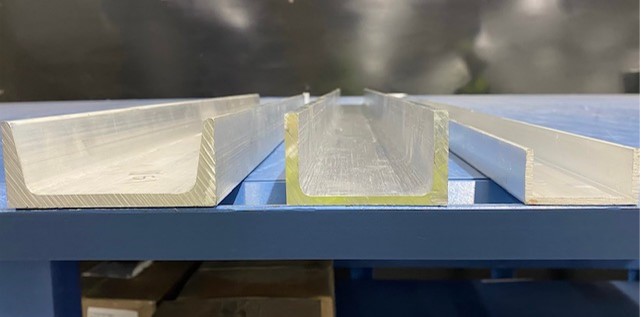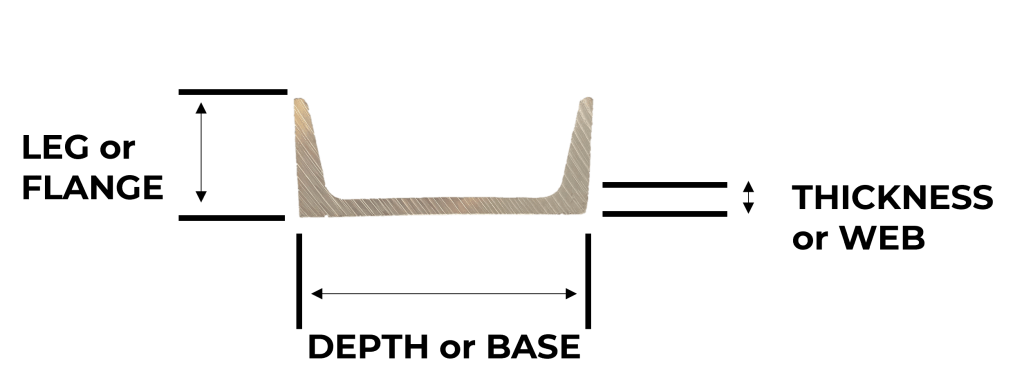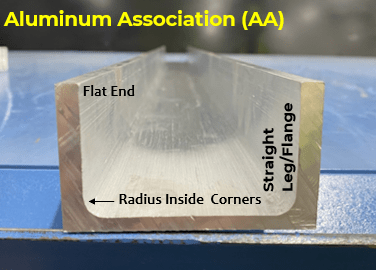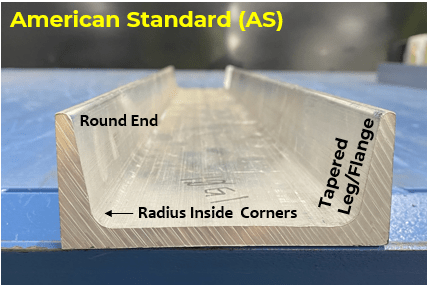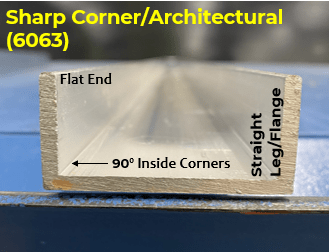The forging of metal sheet and plate is often just the first step in its overall processing. Sawing will give you the desired size, but depending on the intended purpose of the metal, further operations will need to be done. Material removal services enable metal producers to create the exact customer specifications for components, using hole punching, drilling, and notching. Each process results in material removal, but the choice of method can depend on the metal’s thickness, the location of where the removal will take place, and other factors.
The Material Removal Process
Hole Punching
This shearing process involves a tool with sharp edges capable of punching through a piece of metal. Think of a cookie cutter: no matter what the shape, if the cutter is pressed quickly and firmly into the dough, you’re left with precise edges once the piece is removed. Hole punching works the same way on metal sheet and plate. Whether done using electrical, hydraulic, or pneumatic power, if sufficient force is applied, any shaped hole can be made in the metal.
Notching
Much like hole punching, notching is a shearing operation using a sharp-edged tool. The difference lies in the removal’s location. While hole punching can take place anywhere on the metal, notching occurs only on its edges. Once those notching cuts are performed on the metal’s perimeter, additional bending or forming can be done.
Drilling
This type of material removal uses a drill bit rather than a shearing tool. As the drill is applied to the metal, it continually removes the material until the bit pierces through. While a hand drill can be used, more often this process involves a machine known as a drill press. The operator uses the machine handles to lower the bit onto the metal, which helps enable more precise drilling.
Advantages and Disadvantages
Hole Punching
Hole punching is an appealing option for several reasons, but especially because of its speed. The presses used for hole punching can be incredibly quick, allowing multiple metal pieces to be processed within a short period of time.
Quick processing means a higher production volume, making this highly cost-effective.
The other advantage is flexibility, since hole punching easily creates shapes other than round. Whatever the shape needed – round, square, triangular – the hole punching press can cut that into the metal.
However, successful hole punching is limited to metal pieces with a thinner diameter. It is also dependent on the sharpness of the press, and punching through metal wears on the tool. If not kept sharp, a worn tool leads to punches that are incomplete or have sloppy, rough edges.
Notching
Since notching is a shearing process like hole punching, they share similar pros and cons. The notching tool is fast, and while the process often involves creating vertical cuts, it can be modified to create different shapes. And like hole punching, this type of material removal is best done on thinner pieces of metal. Greater ease of cutting helps ensure the notches will be clean-edged and precise.
Thicker metal can be processed, but requires greater force which is tough on the notching tool. The tool wear requires more supervision and maintenance to best help keep it sharp for notching.
Drilling
Unlike hole punching and notching, which cut through the metal, drilling gradually pierces through it to remove material. While slower than a shearing method, drilling helps to prevent distortion of the metal part. The force needed for punching or notching tools can sometimes leave the metal bent around the location of the cut. Drilling is much better at keeping the surrounding area unaffected, and can be done successfully even on very thick pieces of metal. In addition, drilling is much more affordable since the necessary equipment is less expensive than the tools needed for other material removal options.
However, the use of a drill bit does have its issues. This process can only create a round hole, unlike notching and punching. There is more friction involved due to drilling being a longer process, and friction produces heat which can negatively affect the metal. The friction also wears away at the drill bit, which may need replacement or sharpening to keep the hole precise.
